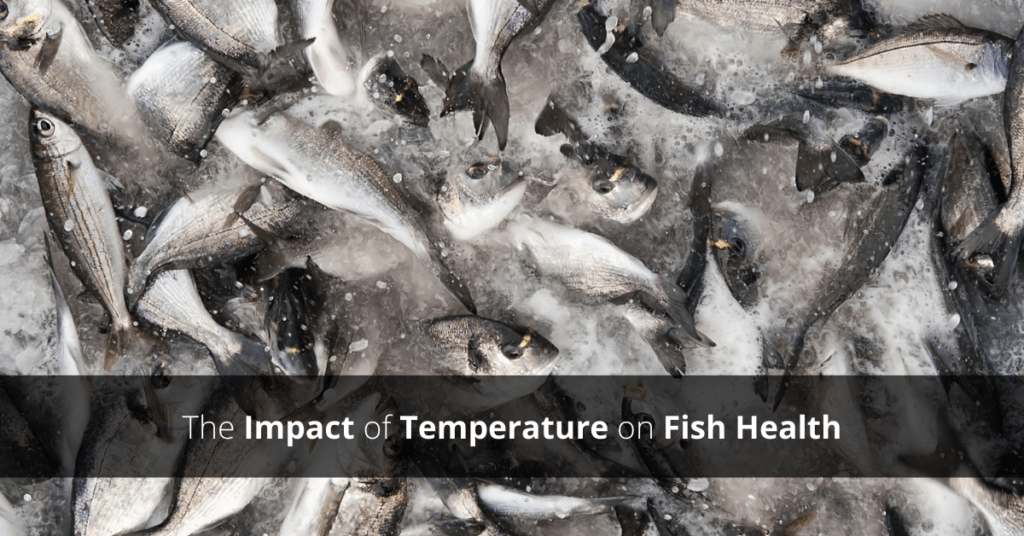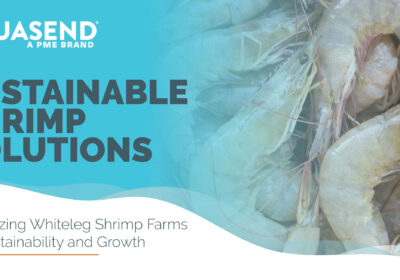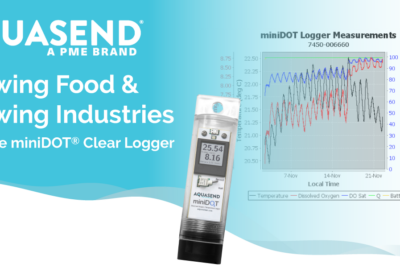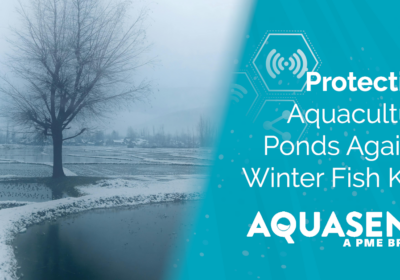The Impact of Temperature on Fish Health

When talking about climate change, you often hear “higher temperatures mean less fish” or similar. But how does temperature actually affect fish health, growth, and livelihood? Temperature levels affect the metabolism, respiration, reproduction, and the susceptibility to toxic compounds of fish.
Metabolism Rates vs. Temperature
An increase in temperature leads to an increase in the rate of metabolic function in most fish species. When fish have a higher metabolism, their respiration rate and need for dissolved oxygen (DO) increases and their feeding and digestive habits can change. Decreased DO affects all aspects of marine ecosystems, meaning that food supplies are lower, so fish have a difficult time eating as much as they need with increased metabolic rates. Some species can cope with these changes much easier than others, but all species have a minimum and maximum temperature that they can survive in. Metabolic changes will also change the habits of certain aquatic species. For example, a species may move to warmer or cooler water after feeding or when reproducing.
Respiration, Temperature, and Dissolved Oxygen
Higher temperatures decrease the solubility of DO, which then decreases its abundancy. Higher temperatures also increase the respiration rates of many fish species, meaning they need more DO than normal. An increase in demand for DO alongside a decrease in the amount of DO availability inevitably leads to the deaths of species that can’t cope with the change. DO has a significant impact on fish health, so when levels decrease the health of the local fish starts to decline. As with temperature, different species of fish have different tolerances for DO changes in their environment.
Reproduction and Temperature Changes
Most fish species have a specific temperature range that is required for healthy and successful reproduction. If their environment has a sudden shift in temperature, they will either leave the area or simply not reproduce when temperature levels are too far out of the optimal range. Consequently, fish populations begin to drastically decline in the absence of normal reproduction rates. Even species that prefer warmer temperatures have a limit to how warm the water can be.
Toxic Solubility and Temperature
Any toxic substances, including those caused by pollution, that may be present in the water will experience increased solubility and intensity at warmer temperatures. This fact can create uninhabitable environments for many species of fish, or result in massive fish kills due to toxic substance exposure. Aside from the increase of pollution toxicity, higher temperatures also promote the growth of sewage fungus, the putrification of sludge deposits, and other harmful fungi or algae growth. These factors also result in uninhabitable environments and fish deaths .
Optimize Temperature Levels on Your Farm
Temperature levels are important not only for wild aquatic life, but on your farm as well. Keep your fish the happiest and healthiest they can be by maintaining optimal water temperatures. The Aquasend Beacon® monitors temperature levels on your farm in real-time, making it easy to maintain the optimal temperatures for your stock. Take control of your farm’s wellbeing by ordering your Beacon today!


